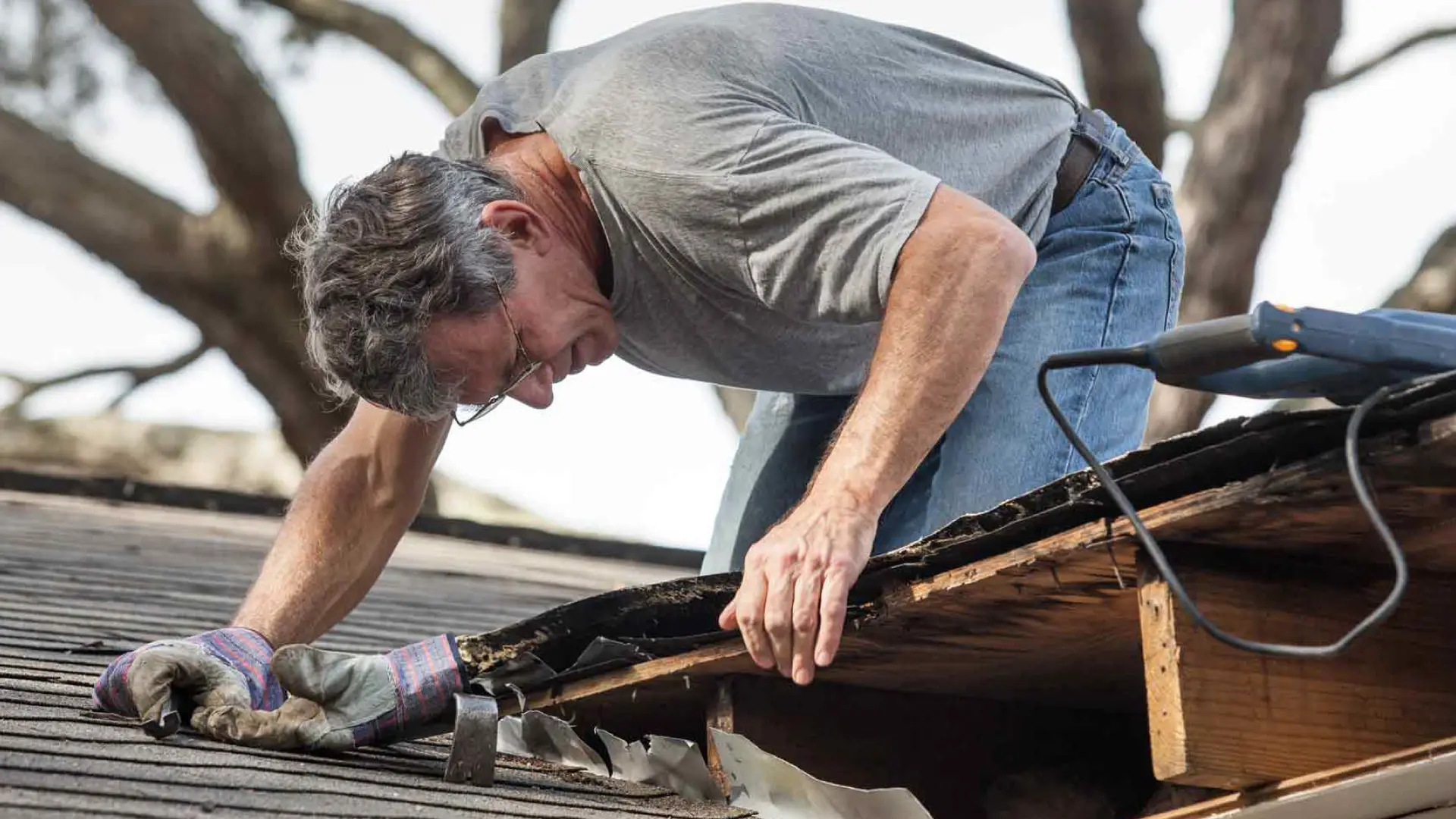Roof Leak Repair

Effective Solutions for Roof Leak Repair
Roof leaks can lead to significant damage if not addressed promptly. Identifying the source of the leak and repairing it efficiently is crucial for maintaining the structural integrity of your home.
Roof leak repair involves inspecting various components of the roof, locating the point of entry, and implementing solutions to prevent future leaks. Whether it’s a minor issue or a major problem, understanding the repair process can save you time and money.
Common Causes of Roof Leaks
Age and Wear of Roofing Materials
As roofs age, their materials can deteriorate, leading to potential leaks. Regular inspections can help identify signs of wear and tear before they become serious issues.
Poor Installation or Maintenance
Incorrect installation or lack of maintenance can contribute to leaks. Ensuring that your roof is installed and maintained properly is essential for preventing leaks.
Storm Damage
Severe weather conditions, such as heavy rain, wind, or hail, can cause damage to your roof, resulting in leaks. It’s important to inspect your roof after a storm to address any damage quickly.
How to Detect a Roof Leak
Interior Water Stains
Look for water stains on your ceilings or walls. These stains often indicate that a leak is present, although they may not always point directly to the source.
Mold and Mildew Growth
Mold or mildew growth can be a sign of a persistent roof leak. If you notice these issues, it’s essential to address them promptly to prevent health hazards.
Roof Inspection
Conduct regular roof inspections to identify any potential problems before they turn into leaks. Inspect areas around chimneys, vents, and skylights, as these are common sources of leaks.
Tips for Effective Roof Leak Repair
- Act quickly to minimize damage.
- Consult a Elite Roof and Solar if you are unsure about the repair process.
- Use high-quality materials for repairs to ensure durability.
FAQs
Look for water stains on ceilings and walls, mold or mildew growth, and check for damaged shingles or tiles.
Yes, minor repairs can be done yourself, but for significant leaks or if you’re unsure, it’s best to consult a professional.
It’s advisable to inspect your roof at least twice a year and after severe weather events.
Use roofing sealants, flashing materials, and high-quality shingles or tiles for effective repairs.
The cost varies depending on the extent of the damage and the materials used. It’s best to get a quote from a professional roofer.
